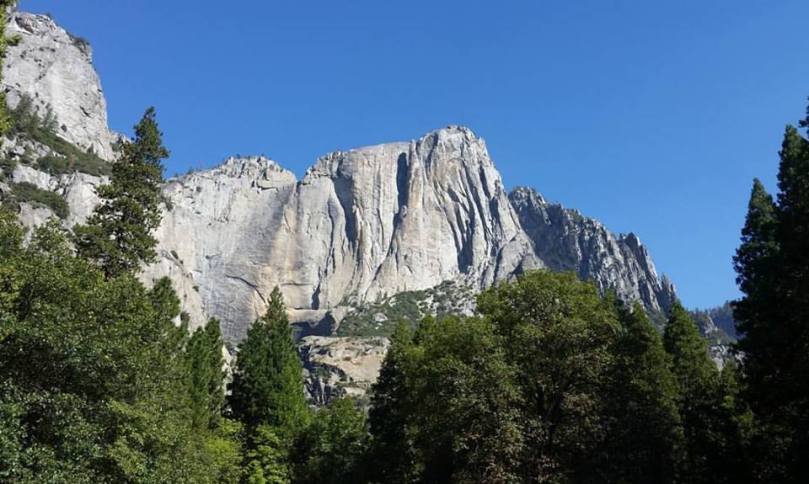ACRL’s Instruction Section’s Discussion Group Steering Committee held its annual virtual discussion forum on June 6, titled “Critical Reading for Learning and Social Change.” The panelists included Anne Graf (Trinity University), Rosemary Green (Shenandoah University), and Stephanie Otis (University of North Carolina at Charlotte).
While I watched the webinar live, I needed to re-watch the recording. You can find the webinar description, recording, chat transcript, and some accompanying materials, including a reading list and a handout with reading tips, at the IS website: acrl.ala.org/IS/annual-virtual-discussion-forum-recording
Towards the end of the presentation, Graf made a statement that really stood out to me: “Reading is done in private, which is why we don’t pay attention to it.” I think this is a fair assessment. As a librarian who teaches mostly in a one-shot landscape, time is limited. Most of what we offer when we mention how to read scholarly articles is a short game plan. I realize that a lot can be done just by showing what Otis calls the physicality of reading. I have never shown students that reading, for me, looks like a marked up print-out with underlines and notes. Graf also notes that she will ask professors how they read, which I think is great. Again and again, I am reminded that modeling helps show students skills that we take for granted. Graf also mentions that one assumption she had been making as a librarian is that teachers teach reading and librarians teach evaluation, but these are not separate acts, and perhaps we do need to do more to close this gap, especially as reading takes a lot more time than students think. (The handout that Otis offers shows that shows that students should read three times…)
This webinar provided some strategies that can help students become aware of their own reading practice. One exercise is to have students reflect on what it means to read academically in a journal prompt. Green, who works mostly with graduate students, says that responses typically range from “reading with purpose, connecting to what one already knows, and reading to reflect.” She also has students complete the Metacognitive Awareness of Reading Strategies Inventory (MARSI), which is about 30 questions. The inventory helps students realize what they are already doing while also cluing them into other strategies. Similarly, Graf has first-year students simply make a list of what they do as readers.
UC Merced’s Bright Success Center (BSC) typically offers a “How to Read Your Textbook” workshop every semester. I do wonder if there is metacognitive component to the workshop. Last year, I had thought to reach out to my contact in the BSC about offering workshops beyond reading for textbooks, which is important, but there are other kinds of materials students have to read while in college. I am feeling much more motivated to reach out since I have something more concrete. If they already do something similar, I would like to observe the workshop to learn what students already know, what they do, etc. It may be able to help inform some of my own teaching in the research classroom.
I seem to have paid the most attention to Graf’s strategies since she teaches in the environment that most closely resembles my own. She also shared an exercise that I think many of us have probably done in some variation. Rather than telling students what to look for, she has students make those connections on their own first. I have done an exercise where students make their own criteria and then apply it to an article, but this is a little different. First, she has all the students find the full-text of an article based on a citation (to get some searching out of the way) and then quickly decide on the source’s quality and appropriateness for their class assignment via a vote on a 1-5 scale. She doesn’t use any polling software for this, but I would be inclined to use it so that students would feel more comfortable sharing what they think. She then engages the class in a Q&A session about things they notice about the article and what else they may need to look at or consider. The conversation generally turns into a realization that students need to spend more time reading the article to determine its relevancy. The total exercise takes about 10 minutes. She sometimes then has students vote again.
While I didn’t look through the chat transcript, resources that folks shared in the chat include:
- Diigo
- hypothes.is
- marginalsyllab.us
- Binder, A. (2014, Sept. 16). Reading is research: An interview [Blog post]. Retrieved from https://lib411.wordpress.com/2014/09/16/reading-is-research-an-interview/
- Green, R. (2014, March 27). Reading in graduate school: Students’ perceptions and practices. PowerPoint presentation at the SoTL Commons Conference, Georgia Southern University, Savannah, GA. Retrieved from https://digitalcommons.georgiasouthern.edu/cgi/viewcontent.cgi?article=1100&context=sotlcommons
- Green, R. (2018, March 22). Acknowledging doctoral students’ reading experiences. Presentation at the Transforming Libraries for Graduate Students conference, Kennesaw State University, Kennesaw, GA. Retrieved from https://digitalcommons.kennesaw.edu/gradlibconf/2018/Day1/15/
- Manarin, K., Carey, M., Rathburn, M., & Ryland, G. (2015). Critical reading in higher education: Academic goals and social engagement. Bloomington, IN: Indiana University Press.
- Project Zero. (n.d.). Red light, yellow light for truth. Visible Thinking. Retrieved from http://www.visiblethinkingpz.org/VisibleThinking_html_files/03_ThinkingRoutines/03f_TruthRoutines/RedLightYellowLight/RedLightYellowLight_Routine.html


